5g
Showing 5751–5800 of 7613 results
-
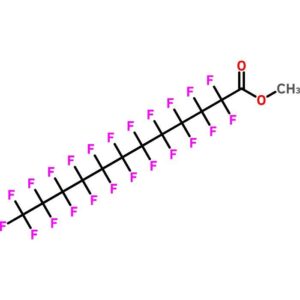
Methyl Tricosafluorododecanoate
$56.76 Add to cart View Product DetailsMethyl Tricosafluorododecanoate
-

Methyl Trifluoroacetate
$56.06 Add to cart View Product DetailsMolecular Formula : C3H3F3O2
-
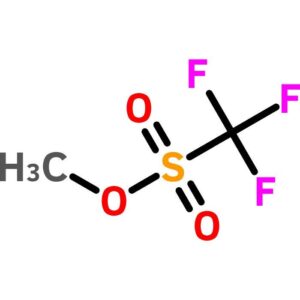
Methyl Trifluoromethanesulfonate
$50.45 Add to cart View Product DetailsMethyl Trifluoromethanesulfonate
-

Methyl Triphenylmethyl Ether
$1,171.28 Add to cart View Product DetailsMolecular Formula : C20 H18 O
-
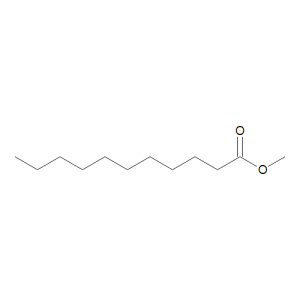
Methyl Undecanoate
$94.01 Add to cart View Product DetailsMolecular Formula : C12 H24 O2
-
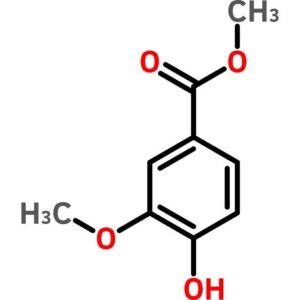
Methyl Vanillate
$41.65 Add to cart View Product DetailsMethyl Vanillate
-
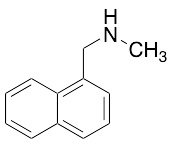
Methyl-1-naphthalenemethylamine
$182.85 Add to cart View Product DetailsMolecular Formula : C12 H13 N
-
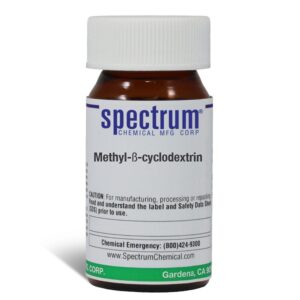
Methyl-beta-cyclodextrin
$150.58 Add to cart View Product DetailsMethyl-beta-cyclodextrin
-
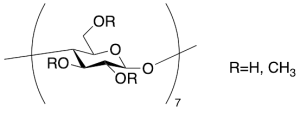
Methyl-beta-cyclodextrin (Mixture of Methylated)
$171.64 Add to cart View Product DetailsMolecular Formula : No Data Available
-

Methyl(triphenylphosphoranylidene)acetate
$56.06 Add to cart View Product DetailsMolecular Formula : C21 H19 O2 P
-
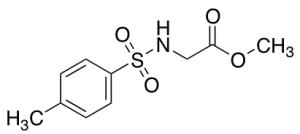
Methyl2-(4-methylphenylsulfonamido)acetate
$60.38 Add to cart View Product DetailsMolecular Formula : C10H13NO4S
-
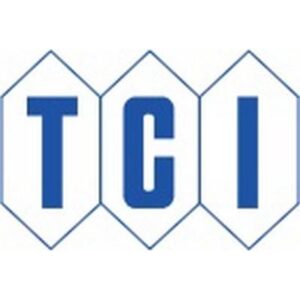
Methylamine Hydrobromide (DEA List I Chemical)
$269.97 Add to cart View Product DetailsMethylamine Hydrobromide (DEA List I Chemical)
-

Methylamine Hydroiodide
$149.21 Add to cart View Product DetailsMolecular Formula : CH5NHI
-

Methylamine Hydroiodide, 98+ Percent (DEA List I Chemical)
$68.15 Add to cart View Product DetailsMethylamine Hydroiodide, 98+ Percent (DEA List I Chemical)
-

Methylbenzeneethanol
$89.70 Add to cart View Product DetailsMolecular Formula : C9 H12 O
-

Methylboronic Acid
$88.84 Add to cart View Product DetailsMolecular Formula : CH5BO2
-
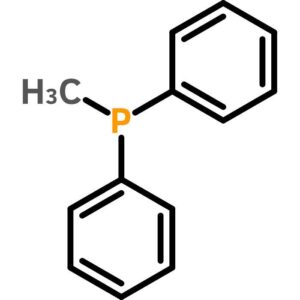
Methyldiphenylphosphine
$184.17 Add to cart View Product DetailsMethyldiphenylphosphine
-

Methylene Blue Hydrate
$80.21 Add to cart View Product DetailsMolecular Formula : C16 H18 Cl N3 S x H2 O
-

Methylene Blue Trihydrate (>90%)
$82.80 Add to cart View Product DetailsMolecular Formula : C16 H18 N3 S . Cl . 3 H2 O
-
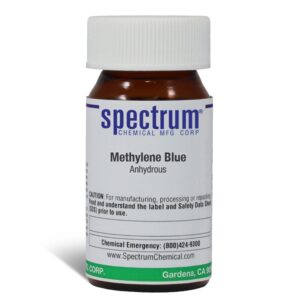
Methylene Blue, Anhydrous
$132.70 Add to cart View Product DetailsMethylene Blue, Anhydrous
-
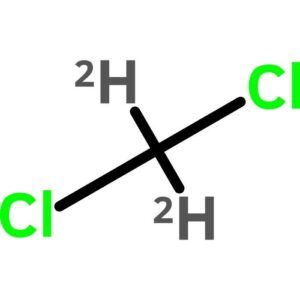
Methylene Chloride-d2, 99.9 Atom Percent D
$317.00 Add to cart View Product DetailsMethylene Chloride-d2, 99.9 Atom Percent D
-
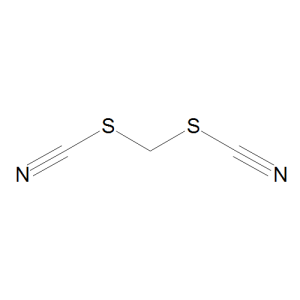
Methylene Dithiocyanate
$56.06 Add to cart View Product DetailsMolecular Formula : C3 H2 N2 S2
-
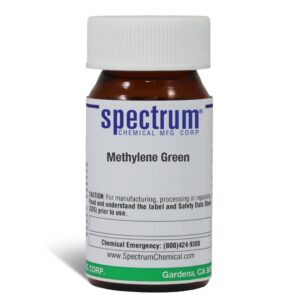
Methylene Green
$46.81 Add to cart View Product DetailsMethylene Green
-
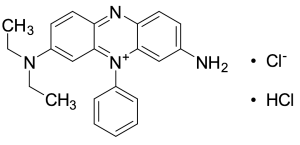
Methylene Violet 3RAX (~90%)
$313.95 Add to cart View Product DetailsMolecular Formula : C22H23N4 . Cl
-
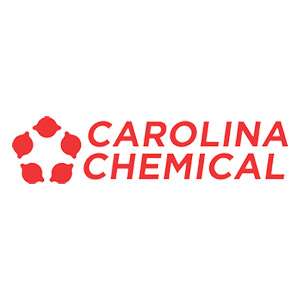
Methylhexanamine Hydrochloride, Powder – 5G
$15.64 Add to cart View Product DetailsCAS Number 13803-74-2 Molecular Formula C7H17N · HCL Molecular Weight 151.68 -

Methylhydrazine
$60.38 Add to cart View Product DetailsMolecular Formula : CH6N2
-

Methylisoeugenol
$55.20 Add to cart View Product DetailsMolecular Formula : C11H14O2
-

Methylmalonic Acid
$78.49 Add to cart View Product DetailsMolecular Formula : C4 H6 O4
-
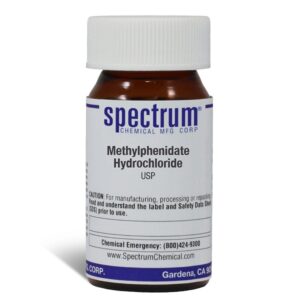
Methylphenidate Hydrochloride (CII), USP
$1,361.95 Add to cart View Product DetailsMethylphenidate Hydrochloride (CII), USP
-
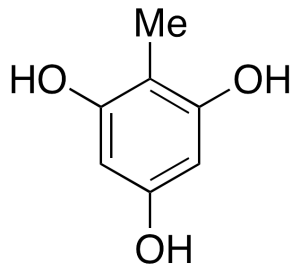
Methylphloroglucinol
$239.78 Add to cart View Product DetailsMolecular Formula : C7 H8 O3
-

Methylprednisolone Acetate, Micronized, USP
$706.88 Add to cart View Product DetailsMethylprednisolone Acetate, Micronized, USP
-

Methylprednisolone, Micronized, USP
$1,160.44 Add to cart View Product DetailsMethylprednisolone, Micronized, USP
-
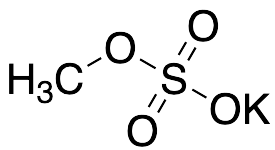
Methylsulfuric Acid Potassium Salt
$121.61 Add to cart View Product DetailsMolecular Formula : CH3O4SK
-

Methylthymol Blue Sodium Salt
$206.90 Add to cart View Product DetailsMethylthymol Blue Sodium Salt
-
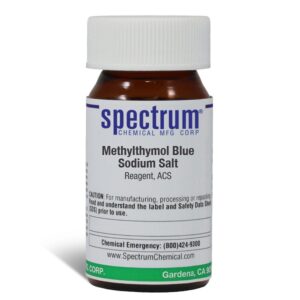
Methylthymol Blue Sodium Salt, Reagent, ACS
$214.38 Add to cart View Product DetailsMethylthymol Blue Sodium Salt, Reagent, ACS
-
Methyltris(trimethylsiloxy)silane
$81.08 Add to cart View Product DetailsMolecular Formula : C10H30O3Si4
-

Metol
$78.49 Add to cart View Product DetailsMolecular Formula : 2(C7H9NO) • H2SO4
-
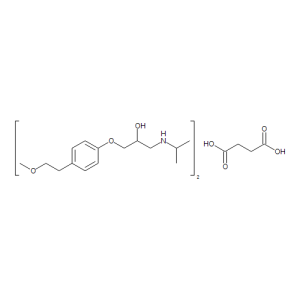
Metoprolol Succinate
$1,408.46 Add to cart View Product DetailsMolecular Formula : 2 C15 H25 N O3 . C4 H6 O4
-
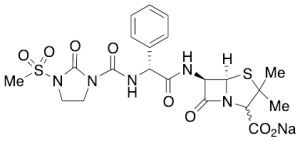
Mezlocillin Sodium
$664.13 Add to cart View Product DetailsMolecular Formula : C21 H24 N5 O8 S2 . Na
-

Miconazole Nitrate
$143.18 Add to cart View Product DetailsMolecular Formula : C18 H14 Cl4 N2 O . H N O3
-
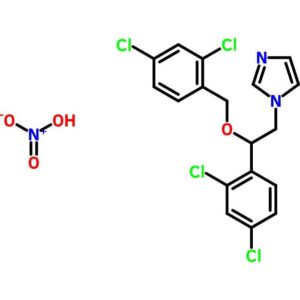
Miconazole Nitrate
$281.52 Add to cart View Product DetailsMiconazole Nitrate
-

Miconazole Nitrate
$136.25 Add to cart View Product DetailsMiconazole Nitrate
-
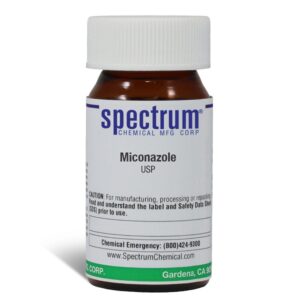
Miconazole, USP
$188.31 Add to cart View Product DetailsMiconazole, USP
-
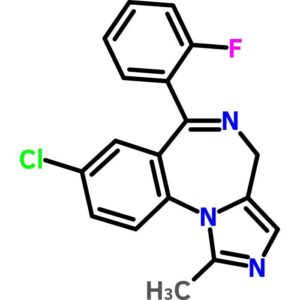
Midazolam (CIV), USP
$4,388.92 Add to cart View Product DetailsMidazolam (CIV), USP
-
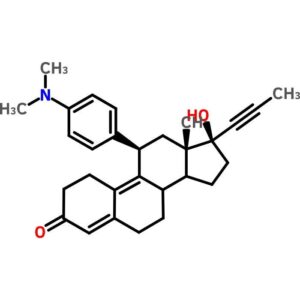
Mifepristone
$874.31 Add to cart View Product DetailsMifepristone
-
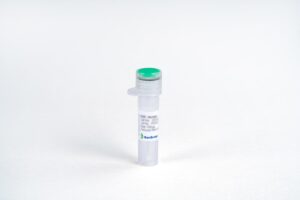
MIG/CXCL9, Mouse
$63.83 Add to cart View Product DetailsChemokine (C-X-C motif) ligand 9 (CXCL9), also known as monokine induced by interferon gamma (MIG), is a small cytokine belonging to the CXC chemokine family.The CXCL9 gene is induced in macrophages and in primary glialcells of the central nervous systemin response to IFNγ. CXCL9 has been shown to be achemo attractant for activated Th1lymphocytes and tumor-infiltrating leukocytes (TILs) but not for neutrophils or monocytes. CXCL is also involved in other cellular activities including inhibition of tumor growth, angiogenesis, and inhibition of colony formation of hematopoietic progenitors. CXCL9 is closely related to two other CXC chemokines, CXCL10 and CXCL11.CXCL9, CXCL10 and CXCL11 all elicit their chemotactic functions by interacting with the chemokine receptor CXCR3.
-

Minocycline Hydrochloride
$701.47 Add to cart View Product DetailsMinocycline Hydrochloride
-
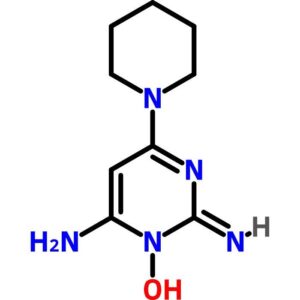
Minoxidil
$116.07 Add to cart View Product DetailsMinoxidil
-
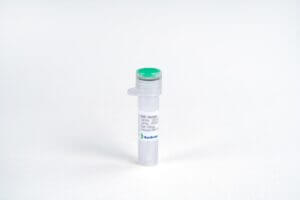
MIP-1α/CCL3, Mouse
$58.65 Add to cart View Product DetailsMIP-1 Alpha, also known as CCL3, G0S19-1 and SCYA3, LD78 alpha, is an inflammatory chemokine. MIP-1α belongs to the CCL chemokine family, and shares 68% homology with MIP-1β. The mature form of MIP-1α contains 69 amino acids, exists as dimers in solution, and tends to undergo reversible aggregation. It binds to CCR1, CCR4 and CCR5, and participates in the host response to invading pathogens by regulating the trafficking and activation of inflammatory cells, such as macrophages, lymphocytes, NK cells and dendritic cells. MIP-1 alpha polymorphisms are associated with HIV susceptibility or resistance. Recombinant MIP-1 alpha induces a dose-dependent inhibition of HIV and SIV infection. Upon stimulation by endogenous and exogenous agents such as Interleukin-1β, Interferon-γ, and lipoteichoic acid from gram-positive bacteria, monocytes are able to secrete significant amounts of MIP-1α. MIP-1α augments the adhesions of T lymphocytes, monocytes, and neutrophils to vascular cell adhesion molecule 1. Additionally, in wounds, MIP-1α chemoattracts macrophages in order to accelerate the tissue repair process.
-
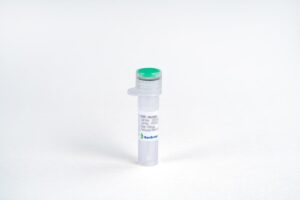
MIP-2/CXCL2, Mouse
$43.13 Add to cart View Product DetailsChemokine (C-X-C motif) ligand 2 (CXCL2) is a small cytokine belonging to the CXC chemokine family that is also referred to as macrophage inflammatory protein 2-alpha (MIP2-alpha), Growth-regulated protein beta (Gro-beta) and Gro oncogene-2 (Gro-2). CXCL2 is secreted by monocytes and macrophages and is chemotactic for polymorphonuclear leukocytes and hematopoietic stem cells. CXCL2’s amino acid sequence is 90% identical to the amino acid sequence of related chemokine, CXCL1. CXCL2 signals through the CXCR2 receptor.






